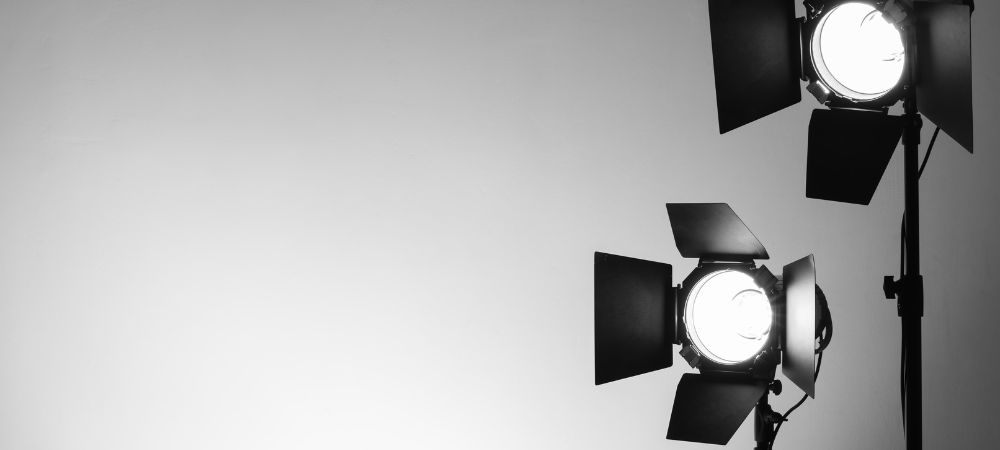

Understanding Film Sensitivity (ISO) for Pushing and Pulling Film
Oh, the magic of film photography! It's like an enchanting dance between light and chemistry. One crucial component in this beautiful art is understanding film sensitivity, often referred to as ISO. But wait, what's ISO anyway? added details offered visit it. And how's it connected to pushing and pulling film? Let's unravel this mystery together.
click . Firstly, ISO stands for International Organization for Standardization-sounds fancy, right? In simpler terms, it's a measure of your film's sensitivity to light. Lower ISO values mean less sensitivity and finer grain, while higher values indicate more sensitivity but also more graininess. Imagine you're in a dark room with only a candle; you'd need high ISO film to capture anything without using a flash.
Now let's talk about pushing and pulling film-a technique that photographers use when they can't get their hands on the perfect ISO-rated film or want creative control over exposure. It's not rocket science but requires some practice. Pushing means shooting the film at a higher ISO than its box speed (the manufacturer's recommended setting), then developing it longer to compensate. Conversely, pulling means shooting at lower ISO and reducing development time.
Why would anyone push or pull their film? Well, suppose you're at a concert with dim lighting; you might push your 400 ISO film to 800 or even 1600 to capture those fleeting moments without blur. The trade-off is increased contrast and grain-sometimes desirable for artistic effect!
On the flip side, let's say you're out on a sunny day with nothing but high-ISO stock left in your bag; you'd pull it down to reduce unwanted graininess and achieve smoother tones. The photos may end up looking flatter due to reduced contrast-but hey, creativity knows no bounds!
Thing is-all these adjustments can be tricky if you're not used to them because they mess around with chemical reactions during development process. If you're just starting out, mistakes will happen-that's okay! Just don't expect every shot will be perfect until you've got some experience under your belt.
However-and here's where things get interesting-not all films respond equally well to being pushed or pulled! Some films are versatile champs that tolerate abuse like pros; others are divas that demand precise conditions for top performance.
There's also something called ‘reciprocity failure' which kicks in during long exposures-a whole different beast altogether! If you're exposing for several seconds or minutes instead of fractions thereof-you'll need corrections beyond simple push/pull techniques.
In conclusion-it ain't merely about tweaking settings willy-nilly; understanding how different ISOs interact with pushing/pulling helps immensely! Experimentation within limits ensures better grasp on what works best under varying circumstances-ultimately enhancing your skillset as both photographer & artist!
So next time when someone mentions pushing or pulling-they aren't talking about gym exercises-they're speaking another language: one filled with light leaks & chemical wonders waiting unveil themselves through lens aperture!
Sure, here's a short essay on the topic "Techniques for Pushing Film" within the broader context of "Pushing and Pulling Film":
---
When it comes to film photography, pushing and pulling film are techniques that can dramatically impact your results. They ain't just technical jargon; they're methods that let photographers get creative with light sensitivity and exposure. Let's dive into pushing film first-'cause it's fascinating how you can manipulate those tiny grains of silver halide to capture an image that's both unique and striking.
So what exactly does "pushing film" mean? Essentially, it's underexposing your film in-camera and then compensating for this by overdeveloping it in the darkroom. For instance, if you have a roll of ISO 400 film but decide to shoot it as if it were ISO 800 or even 1600, you're pushing the film. This means you're telling your camera there's more light than there actually is.
One common technique involves adjusting your camera's settings to trick it into thinking the scene's brighter than it really is. By doing so, you'll end up with negatives that initially seem underexposed. But don't worry! During development, you'll increase the time or temperature (or both) to make up for that lost exposure.
Now, why would anyone wanna do this? Well, pushing film can be handy in low-light situations where using flash isn't ideal-or possible. Imagine you're at a dimly lit concert or an evening street market; pushing allows you to capture these moments without resorting to artificial lighting. Plus, it gives your photos a gritty texture and high contrast that's often sought after in artistic circles.
However-and here's where things get tricky-pushing isn't without its downsides. Increased graininess and loss of detail in shadows are common trade-offs when you push too aggressively. It's not all bad though; some folks love that raw look!
To mitigate these issues somewhat, you can experiment with different developers like Kodak HC-110 or Ilford Microphen which are known for being kinder on pushed films. Also, remember that consistent agitation during development helps ensure even chemical distribution across your negatives.
But hey! Don't go thinking pushing is some magical fix-all solution-it's got limitations too! Over-pushing beyond three stops usually results in diminishing returns; at some point no amount of development will bring back those shadow details you've sacrificed earlier.
In conclusion-without getting overly repetitive-pushing film offers a range of creative opportunities along with its challenges. It ain't perfect but knowing when (and how) to use this technique can give you more flexibility as a photographer who dares to venture beyond their comfort zone.
Oh! And let's not forget about pulling-that's another story worth exploring next time!
---
Does this meet what you're looking for?
The biggest video camera collection includes over 4,500 electronic cameras, showcasing the development of photographic modern technology from the 19th century to today day.
High-speed digital photography can capture images at a millionth of a 2nd, often utilized to photograph fast-moving objects like bullets in flight and droplets of fluid.
The lengthiest photographic unfavorable is 129 feet long and was developed utilizing a breathtaking cam on a relocating train.
In street digital photography, Henri Cartier-Bresson, a French professional photographer, coined the term "The Decisive Moment," which catches the significance of spontaneity in settings of day-to-day life.
Preserving and Archiving Your Film Photographs
Oh, film photography!. There's just something so enchanting about capturing moments on film.
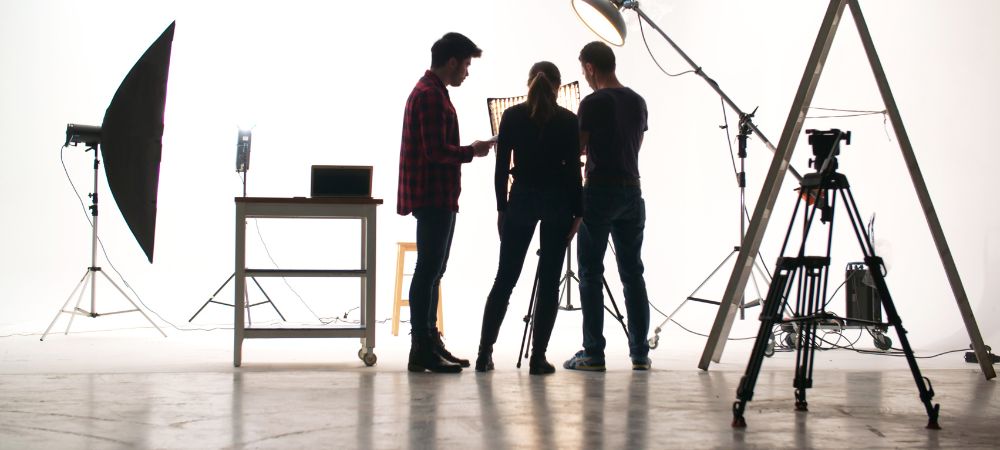
Posted by on 2024-06-28
Alright, so you're eager to learn how to transform your photos and discover the art of shooting with film?. Well, let me tell ya, it's not gonna be as easy as snapping a pic on your smartphone.
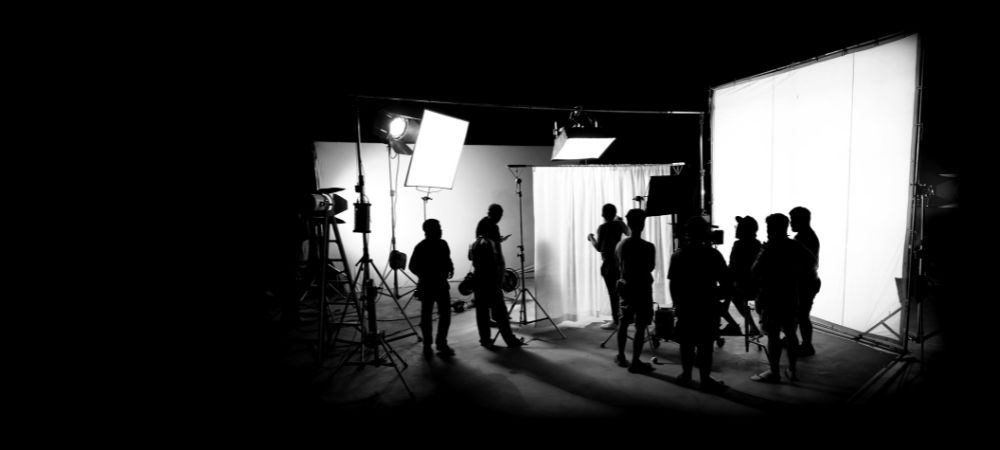
Posted by on 2024-06-28
The Resurgence of Film Photography in the Digital Age: Future Prospects and Sustainability in the Era of Digital Dominance
In an age where digital technology is king, it's kinda surprising to see film photography making a comeback.. It ain't what you’d expect when everyone’s carrying around high-tech smartphones capable of capturing perfect images at the touch of a button.
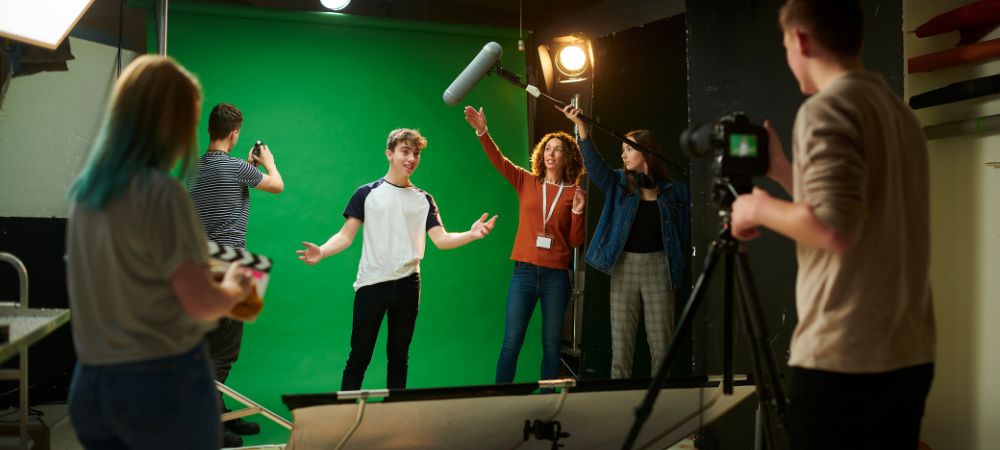
Posted by on 2024-06-28
Analyzing failed shots to improve skills is, believe it or not, one of the most crucial aspects for beginners in film photography.. It's kinda weird to think about it, but those mistakes you make are actually goldmines of learning opportunities!
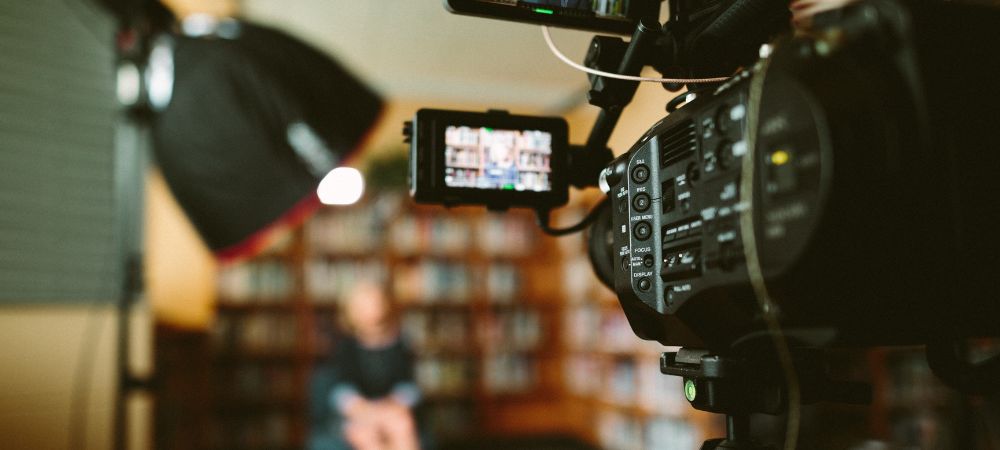
Posted by on 2024-06-28
When it comes to comparing different types of film—35mm, medium format, and large format—practicality and ease of use in different settings play a huge role for photographers.. It's not just about the quality of the image; it's also about how convenient or cumbersome each type can be.
First off, 35mm film is often praised for its practicality.
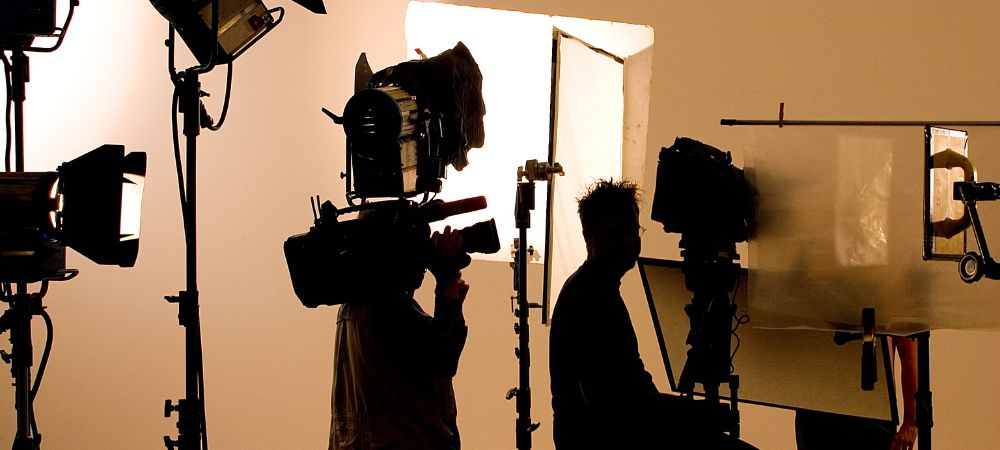
Posted by on 2024-06-28
**Techniques for Pulling Film**
When it comes to the art of film photography, pulling film is an intriguing technique that often doesn't get the spotlight it deserves. Unlike pushing film, which involves extending development time to increase contrast and sensitivity, pulling film does quite the opposite. It's about reducing development time to lower contrast and decrease graininess. But hey, let's not get too technical right off the bat.
First thing's first – what does pulling film actually mean? Essentially, it's setting your camera to a lower ISO than the box speed of your film. For example, if you're using an ISO 400 film but set your camera to ISO 200, you're "pulling" the film by one stop. The outcome is usually softer images with less contrast and finer grain – something that can add a dreamy quality to your photos.
Now, onto some techniques! One crucial step in pulling film is metering correctly. You gotta ensure that your exposure settings align with the new ISO you've chosen. Otherwise, you might end up with underexposed images which ain't gonna do anyone any favors!
Another important aspect is adjusting development times appropriately. Say you've pulled your ISO 400 film down to 200; you'd need to reduce development time in accordance with this change. There's no one-size-fits-all rule here since different films react differently – so consult those handy data sheets from manufacturers or experiment a little yourself.
A common mistake people make when pulling film is assuming they don't need any adjustments post-development. Oh boy, nothing could be further from the truth! Once you've developed your pulled negatives, scanning them or printing them may require some tweaks in contrast and brightness levels.
Also worth noting: while pulling can work wonders on certain shots like portraits where soft tones are desirable, it's not always ideal for every situation. If you're shooting high-contrast scenes or action-packed sequences requiring sharp details, pulling might not be your best bet.
And let's talk about equipment for a sec – do you need fancy gear? Not really! Your regular ol' SLR will do just fine as long as it allows manual control over ISO settings and exposure adjustments.
So why would someone choose to pull their films anyway? Well sometimes lighting conditions are way too bright and harsh contrasts aren't what you're going after at all! Or maybe you're capturing serene landscapes early in the morning when light's gentle and diffused.
In conclusion (oh yeah we're wrapping up), pulling film offers photographers another layer of creative control over their images without needing digital manipulation tools later on - how rad is that?! With proper metering and adjusted development times along with some patience during post-processing stages-one can achieve beautiful results uniquely suited towards individual artistic visions through this lesser-known yet effective technique!
Whoa there we got through all that without turning into robots didn't we? Happy shooting everyone!

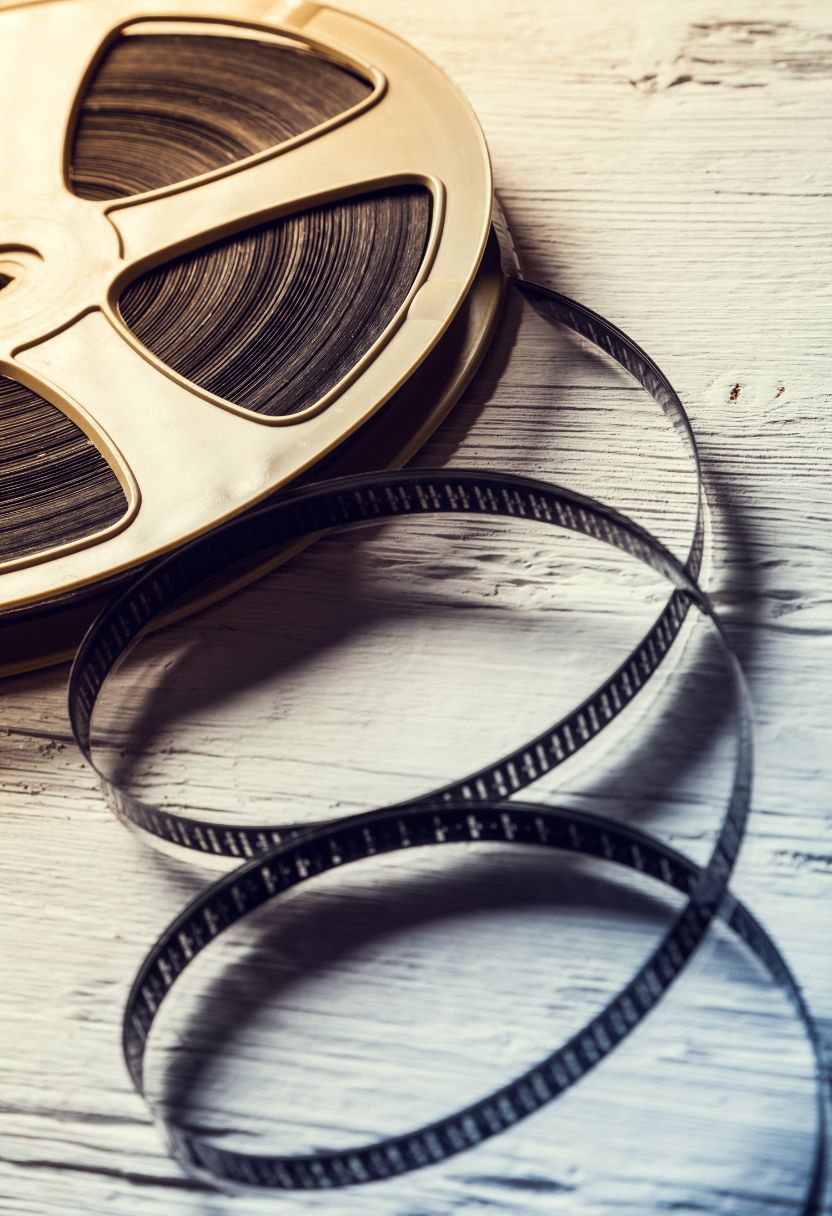
Pushing and pulling film, oh boy, it's a technique that can really mess with your image quality and grain. But let's dive into it, shall we?
First off, what is pushing and pulling? Simply put, it's not developing film for the recommended time. Pushing means extending development to compensate for underexposure; pulling is the opposite-reducing development to counter overexposure. These practices ain't just technical tricks; they create visual effects that can be quite dramatic.
Now, let's talk about image quality when you push or pull film. Push processing increases contrast because you're effectively trying to get more out of those underexposed images. The shadows become darker while highlights stay bright. However-and here's where it gets tricky-you can lose some detail in both areas. It's like squeezing too hard on a sponge; you might get more water out, but the sponge itself starts to crumble.
Pulling film does almost the reverse: it lowers contrast by reducing overall density. Your shadow details might pop up better, but highlights will look kinda flat-boring even! You're basically stretching an image thinly across a larger area of dynamic range... if that makes sense? It's like butter spread too thin on toast.
Grain is another story altogether when you're dealing with these techniques. When you push film, grain becomes more pronounced because the silver halides haven't gotten enough light initially-they need more development time to show up at all! So yeah, think of grains as stubborn little kids who won't come out until they're good and ready after being nagged (or developed) longer than usual.
On the flip side-to no one's surprise-pulling reduces visible grain since less development means finer particles emerge softer and smoother. But beware! This doesn't mean your photos will look clean as a whistle; there's often a subtle texture that some photographers actually like!
You can't ignore how different films react uniquely either. Some films handle pushing beautifully without much added grain or loss in details; others fall apart quicker than a house of cards in a windstorm when pushed beyond their limits.
In summary: Pushing boosts contrast at the cost of detail while making grains shout louder from your pictures' surfaces; pulling softens everything up but risks making things bland with minimized grains barely whispering through your shots' smooth fabric.
So there ya go-a whirlwind tour through effects on image quality and grain due to pushing and pulling film! Techniques worth experimenting with-but also ones demanding caution lest ye ruin perfectly good shots-or worse yet miss capturing them entirely 'cause ya fussed too much over settings instead o' simply shooting away!
Well, let's dive into the world of pushing and pulling film and how it affects photography in different lighting conditions. You see, when you're out there with your camera, light isn't always on your side. Sometimes it's too dim, other times it's too bright. That's where the techniques of pushing and pulling film come to the rescue.
First off, what exactly is "pushing" and "pulling" film? Simply put, pushing film means you're deliberately overdeveloping it to increase its effective sensitivity. On the flip side, pulling involves underdeveloping to reduce sensitivity. These methods can save a shot that would otherwise be lost due to poor lighting conditions.
Imagine you're shooting at dusk or indoors with not much natural light. Pushing film is a game-changer here! By upping the ISO during development, you get more detail out of those shadows without resorting to artificial lighting – which sometimes just ain't available or practical. However, it's not all sunshine and rainbows; pushed film tends to have more grain and contrast.
Conversely, let's say you're shooting on an incredibly bright day – think beach scenes or snow-covered landscapes – pulling film can help prevent those highlights from blowing out. Lowering the ISO reduces sensitivity and keeps things in check so your shots don't end up overly harsh or washed-out. But again, there's a trade-off: pulled films might lack contrast and appear flatter than you'd like.
Ain't it fascinating how these methods adapt to various lighting scenarios? While digital cameras nowadays offer easy ISO adjustments on-the-fly without changing how we process images later on, traditionalists still cherish these manual techniques for their tactile control over final image aesthetics.
But hey - don't think this is all smooth sailing! Both pushing and pulling require precise timing during development process. Mess up by even a little bit? Well then you've got yourself some inconsistencies across frames that could ruin an entire roll of precious shots!
In conclusion (oh boy!), mastering push-and-pull techniques offers photographers creative flexibility when dealing with challenging light situations – but also demands careful attention-to-detail throughout both shooting AND developing stages alike! So next time you find yourself wrestling with tricky light levels remember: there's always room for some good old-fashioned darkroom magic!
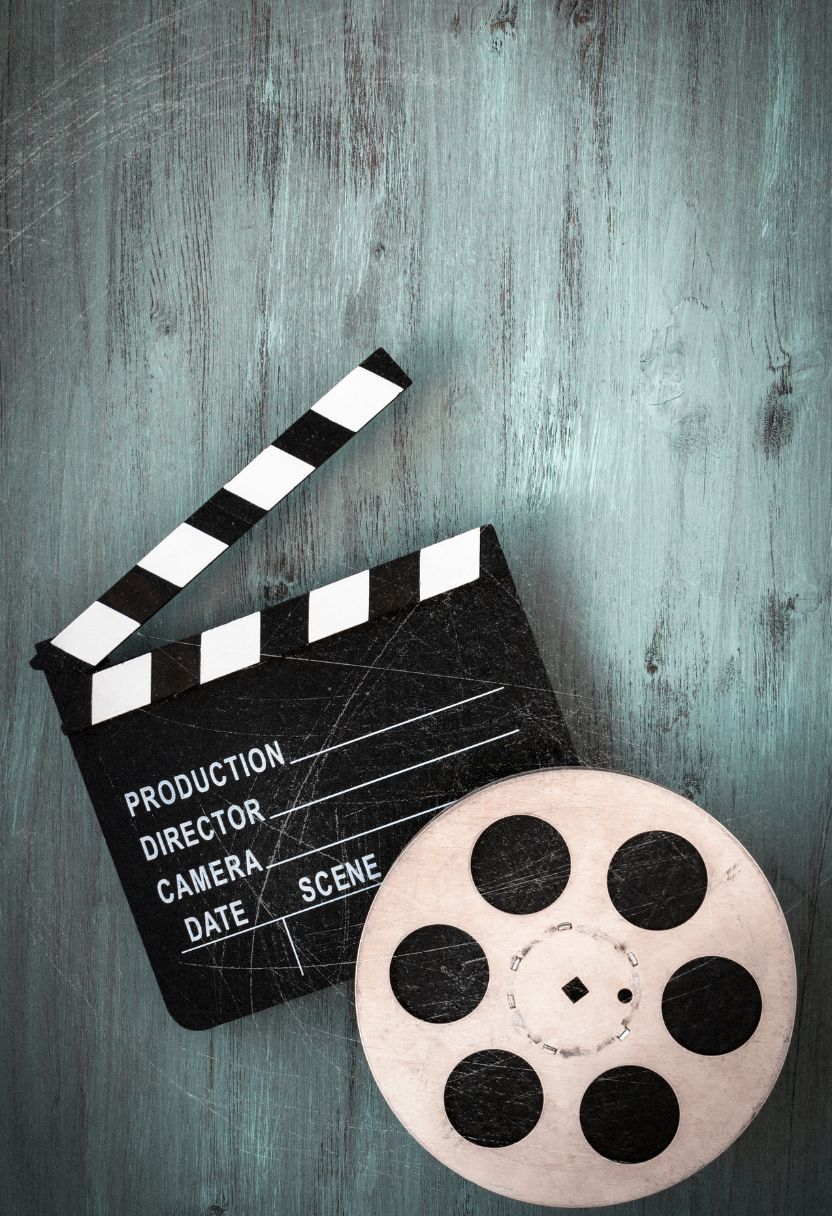
Sure thing! Pushing and pulling film can be a bit tricky, but with some tips and best practices, you can achieve successful results. Alright, let's dive in!
First off, don't think of pushing or pulling film as some kind of magic trick-it's all about understanding how your film will react to being developed for more or less time than it's rated for. When you're pushing film, you're underexposing it and then developing it longer to compensate. On the flip side, pulling film means overexposing it and developing it for a shorter period.
One vital tip is to know your film stock well. Not all films handle pushing or pulling the same way. Some films might get grainy when pushed too far while others may not have much latitude at all when pulled. So, do some tests before committing an entire roll to ensure you won't be disappointed with the outcome.
Another practice that's often overlooked is keeping meticulous notes. Seriously! Jot down what you shot, at what ISO you set your camera if you're pushing or pulling, and how long you developed it for. It ain't just for geeks; it'll help you replicate successes and avoid repeating mistakes.
Oh! And don't forget agitation during development-it changes everything! If you're pushing the film, agitate less frequently to keep contrast from going through the roof. Conversely, if you're pulling the film, a little more agitation might help maintain image sharpness since development times are shorter.
A common misconception is thinking that any old developer will work just fine no matter what you're doing with your film. Nope! Choose a developer that's known to play well with pushed or pulled processes; sometimes even standard developers like D-76 work great but check recommendations specific to your chosen stock.
Also-and this one's crucial-manage your expectations on dynamic range and contrast shifts. Push processing generally increases contrast while reducing shadow detail; pull processing decreases contrast but can make highlights go flat if overdone. You're trading one quality for another so plan accordingly!
Lastly (but importantly), patience is key! Developing pushed/pulled films requires precise timing which means resist those urges to rush things along because consistency matters here more than ever.
All these tips should give ya a good starting point whether you're new at this or looking to refine existing techniques further! Just remember: experimentation's part of the fun but take careful notes so those happy accidents remain repeatable wonders rather than one-off flukes.
Happy shooting-and developing!